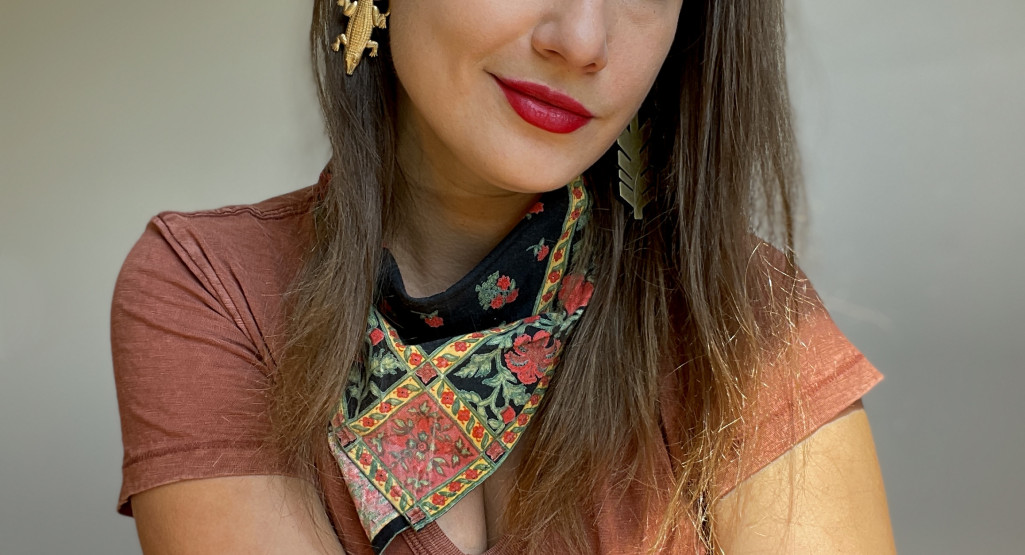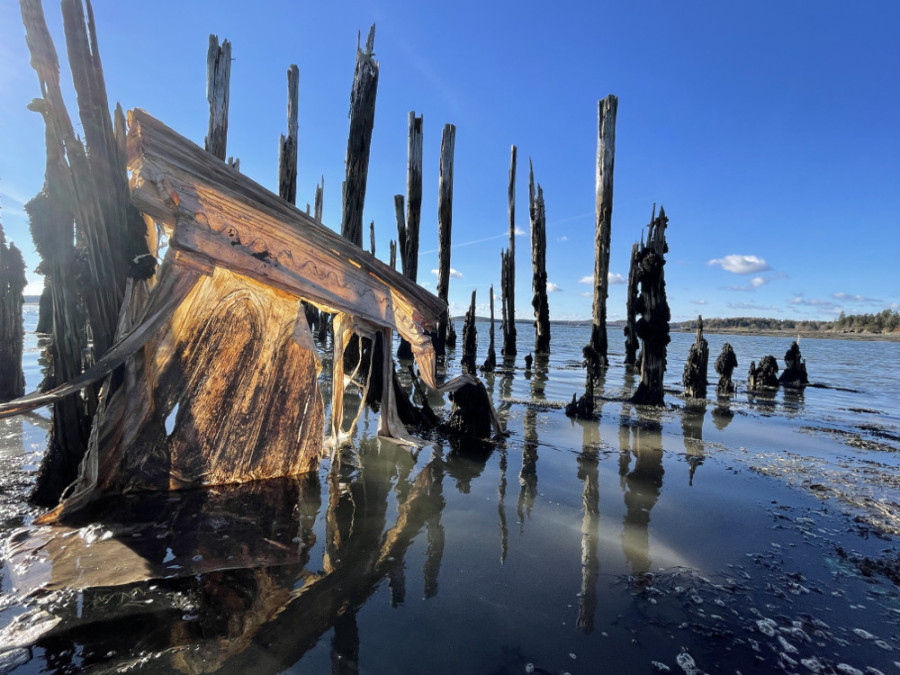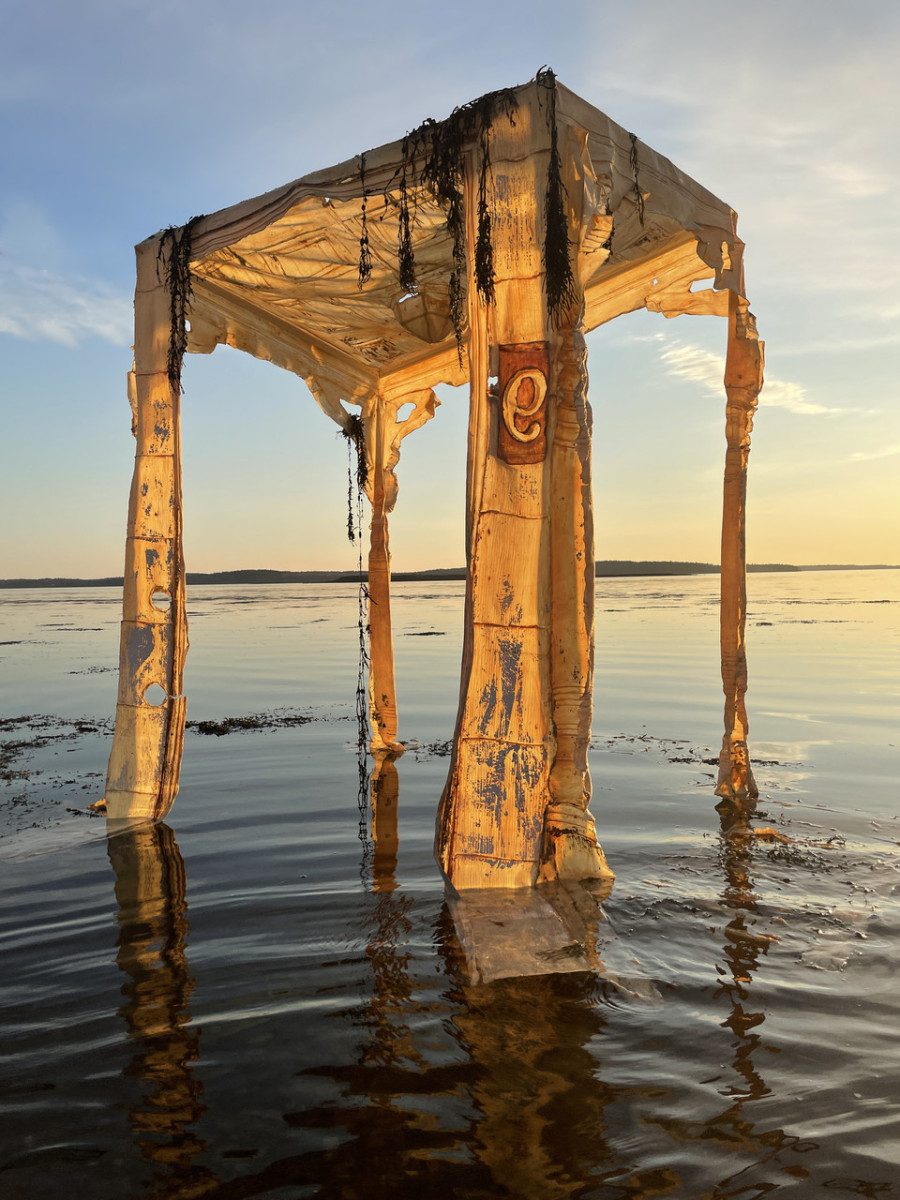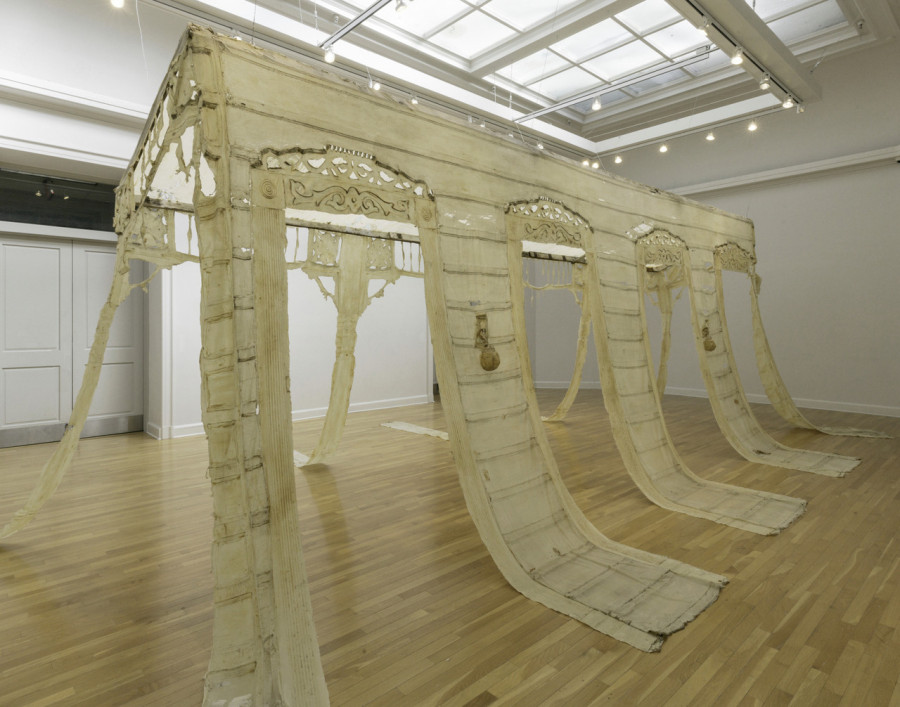2023 Finalist
Carlie Trosclair
Carlie Trosclair (b. New Orleans, LA) is a sculptor and installation artist based in St. Louis, MO. Trosclair earned an MFA from the Sam Fox School of Design and Visual Arts at Washington University in St. Louis and a BFA from Loyola University New Orleans. She is a Fellow of the Community Arts Training Institute, St. Louis. She has completed residencies at MASS MoCA, Assets for Artists (MA), Bemis Center for Contemporary Arts (NE), Oxbow (MI), Playa (OR), ACRE (WI), Vermont Studio Center (VT), Woodside Contemporary Artists Center (NY), chashama (NY), and The Luminary Center for the Arts (MO). Trosclair’s work has been featured in Art in America, The New York Times, ArtFile Magazine, and Temporary Art Review, among others. She is the recipient of the Riverfront Times’ Mastermind Award, the Creative Stimulus Award, a Regional Arts Commission Artist Fellowship, and was included in the Great Rivers Biennial. Trosclair was recently selected as an exhibiting artist for the inaugural Open Spaces Biennial in Kansas City, curated by Dan Cameron (2018).
Approached through a lens of reordering and discovery, Trosclair's work explores the liminal space between development and deconstruction; contemplating the living and transitional components of home. Growing up in New Orleans as the daughter of an electrician, she spent her formative years in historic residential properties at varying stages of construction and renovation.
Trosclair says, "I found that even when abandoned, the presence of the body still lingers. Architectural components carry with them the layered histories of previous residents. These become the shells we leave behind; Relics of habitation and home-making."
Using latex as an architectural skin, she both records and reimagines the genealogy of home and its relationship to the natural world. From the palimpsest of paint, disintegration of wood, or footprint of rust, these surfaces are connected in the ways they mark time. Echoes of the familiar are absorbed into the membrane of each latex body, crystallizing textures and detritus of place. Paper-thin casts reshape the narrative of home as a sturdy secure space into one that is vulnerable and ephemeral. These ghostlike imprints mark an in-between space that is transient and ever changing: both structurally and in our memory.




